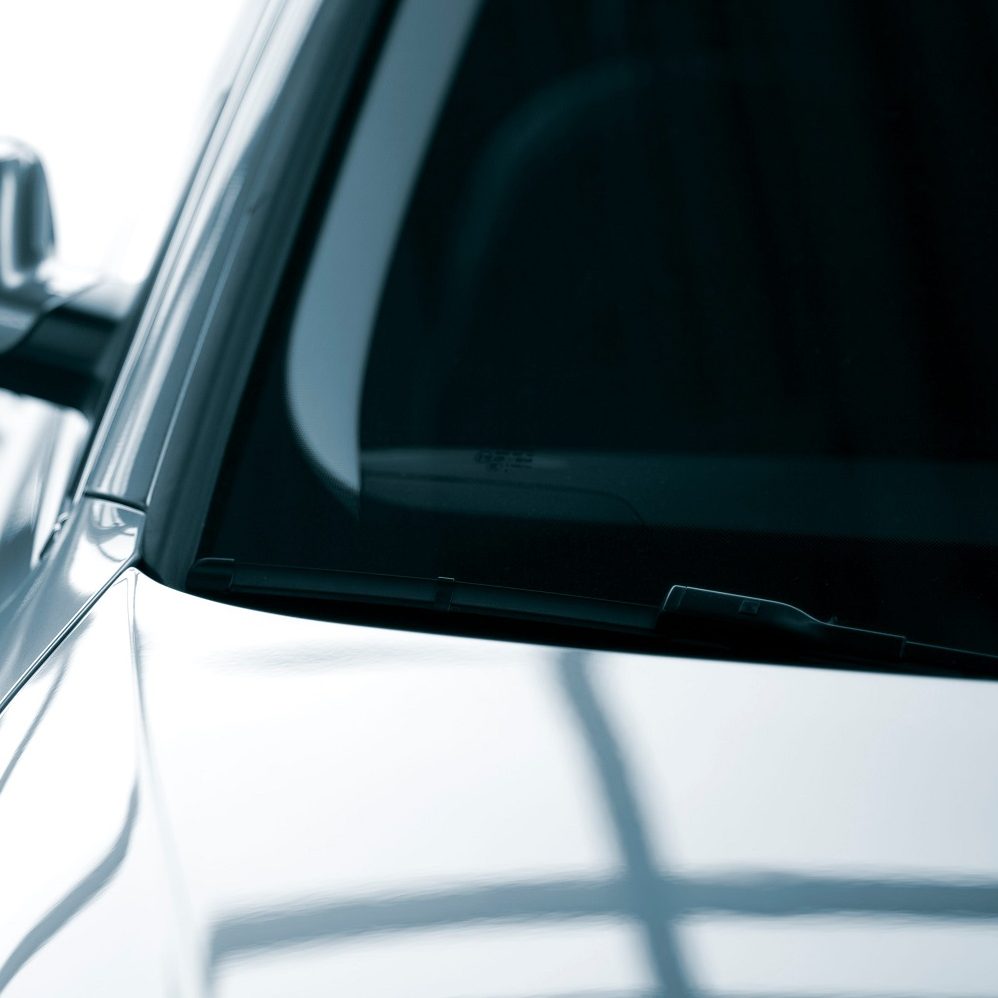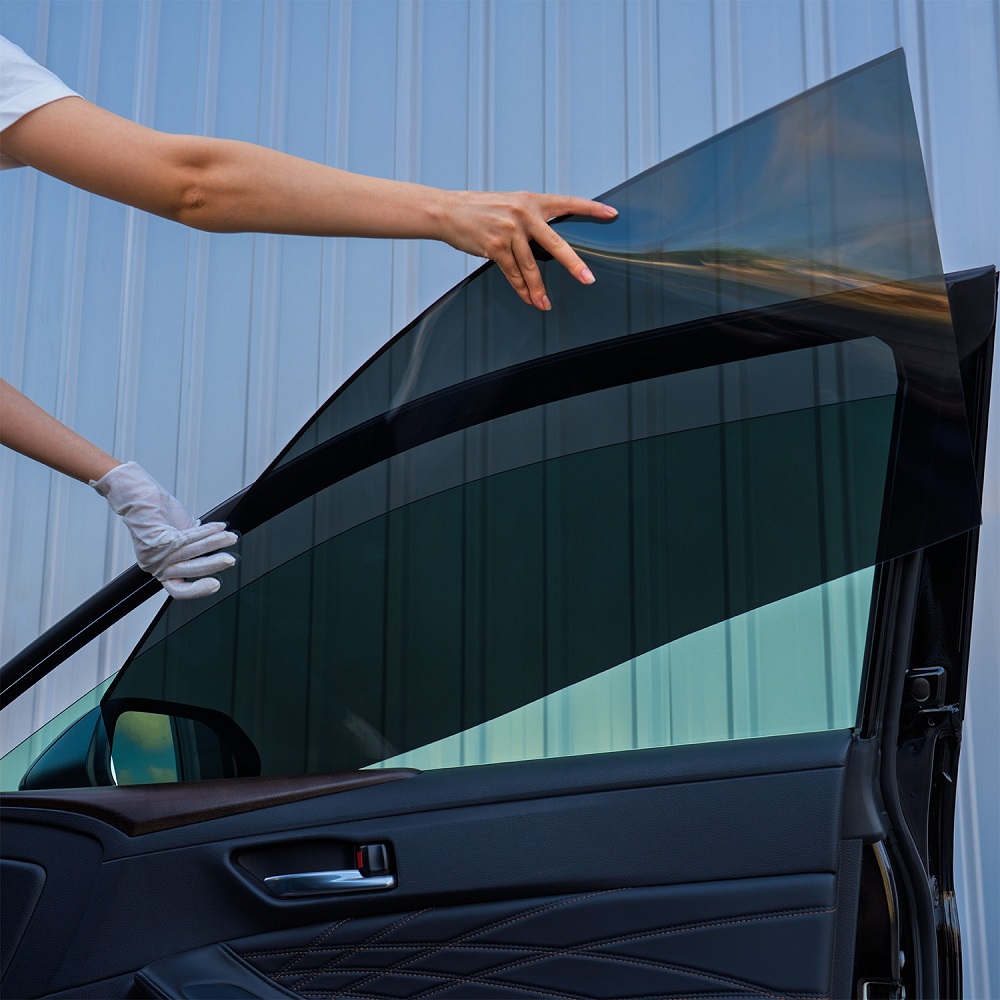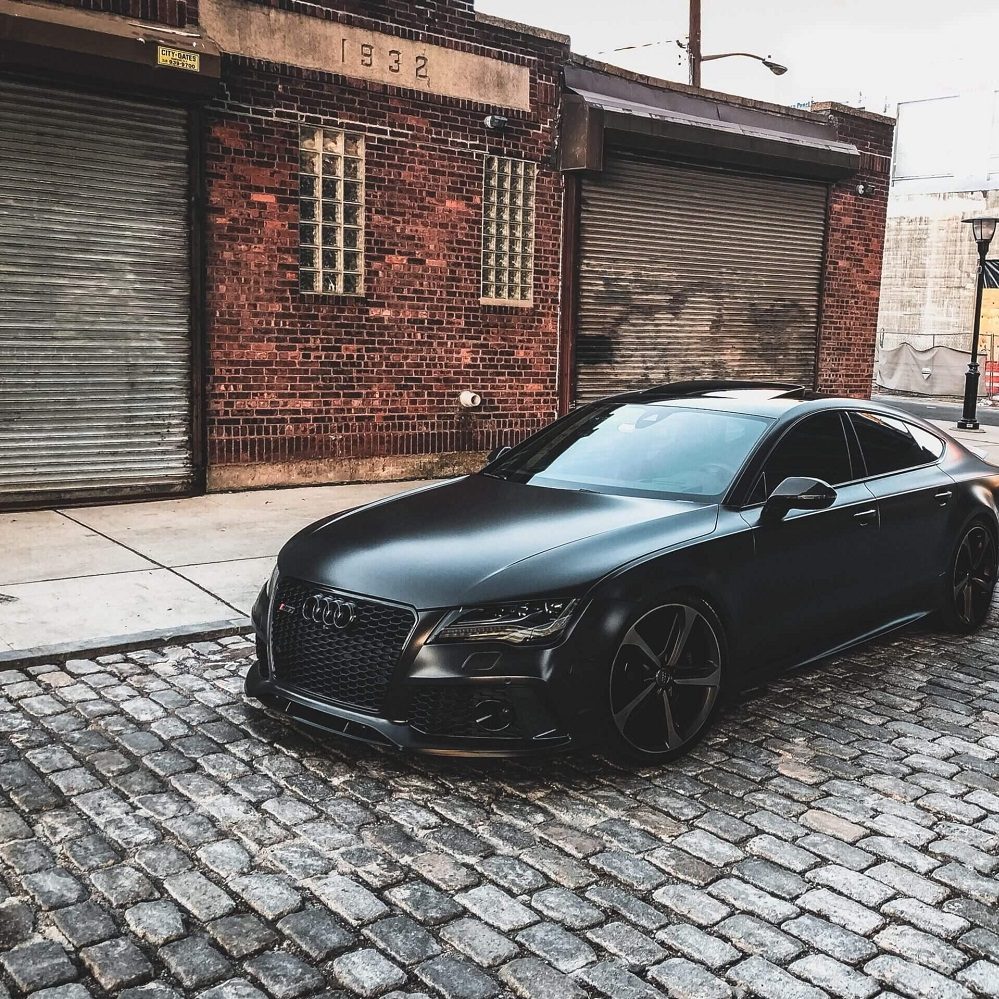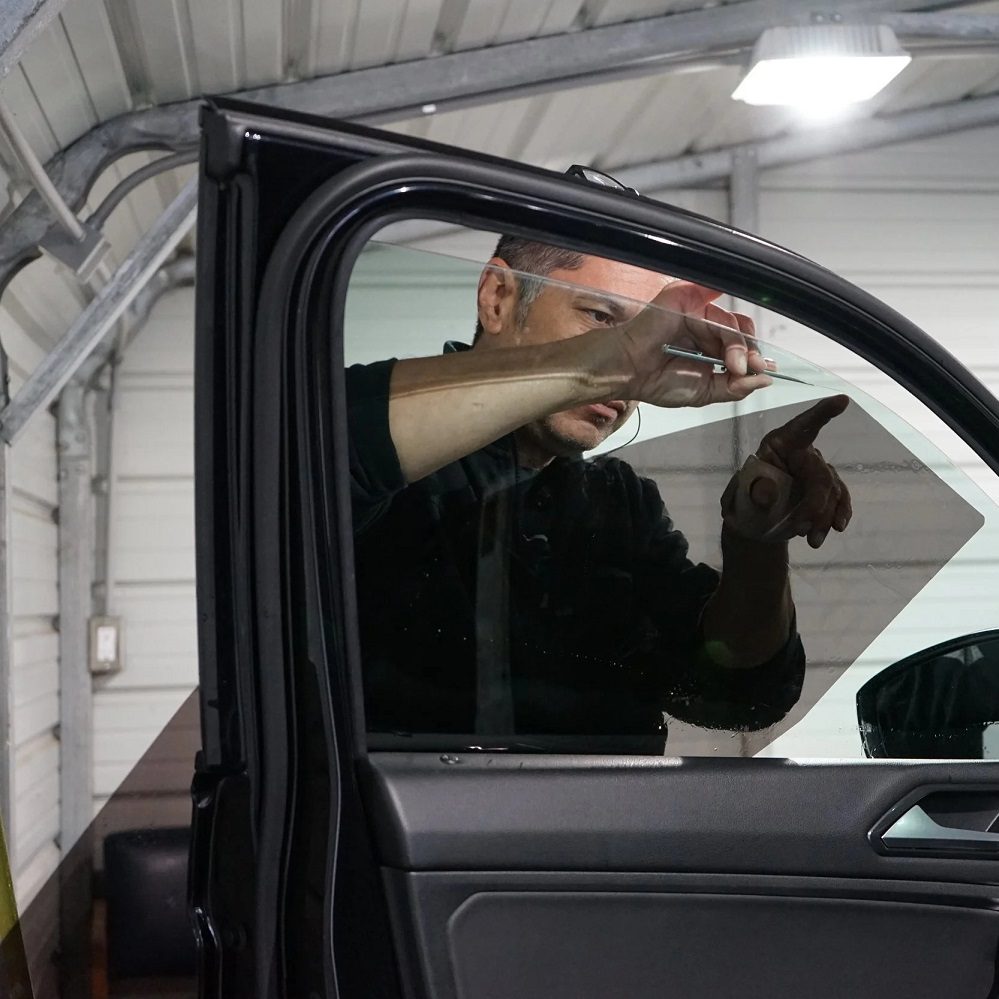Introduction to Car Window Tint
The Basics of Car Window Tinting
Car window tint involves applying a thin film to the glass surfaces of a vehicle to reduce glare, heat, and UV radiation. The process not only enhances the car’s aesthetic appeal but also improves comfort for passengers. Tinted windows can significantly lower interior temperatures, providing a more pleasant driving experience, especially in hot weather. The right tint can also protect the car’s interior from sun-induced damage, prolonging the life of upholstery and electronics.

The Benefits of Window Tinting
Choosing to tint car windows has several benefits beyond aesthetics. One of the most significant advantages is heat reduction. Tinted windows can block a considerable percentage of solar heat, keeping the interior cooler and reducing the reliance on air conditioning. This can lead to fuel savings, making tinted windows an eco-friendly choice. Furthermore, car window tint can safeguard passengers from harmful UV rays, reducing skin damage risk. Lastly, tinted windows offer increased privacy, which can deter theft and enhance security.
Overview of This Guide
This guide explores how to choose the right shade of window tint for your car. We will discuss the various types of window films, factors to consider when selecting a shade, and the legal regulations regarding window tinting. By the end of this article, readers will understand the options available and how to make an informed decision that suits their preferences and needs. Choosing the right car window tint will not only enhance your car’s look but also improve comfort and safety.
Understanding Window Tint Types
Dyed Window Film
Dyed window film is one of the most common types of window tinting. It contains a layer of dye that absorbs heat and reduces glare. This type of tint does not reflect light, which means it offers aesthetic appeal without altering the appearance significantly. Dyed films are ideal for those seeking privacy and a stylish look. However, they may not be as efficient in blocking UV rays compared to other films. This type of tint is generally affordable and can be easily installed, making it a popular choice among car owners.
Metalized Window Film
Metalized window film consists of microscopic metal particles that reflect sunlight, providing excellent heat reduction. This film type offers various advantages, such as increased durability and UV protection. Metalized films are also known to reduce glare effectively. However, they can interfere with radio and electronic signals due to their metallic composition. Car owners should consider this factor, particularly if they rely on GPS or satellite radio. Overall, metalized window films are an excellent choice for those prioritizing heat reduction and durability.
Ceramic Window Film
Ceramic window film is the newest technology available in the market. This type utilizes advanced ceramic particles, which create a high-performance film that blocks heat and UV rays without reflective properties. Ceramic films provide superior protection against harmful rays while maintaining visibility. One of the significant benefits is that ceramic films do not fade over time, ensuring longevity and consistent performance. Although more expensive than dyed or metalized films, many car owners find the benefits worth the investment. Ceramic window film is ideal for those seeking an optimal balance between aesthetics, performance, and durability.

Factors to Consider When Choosing Window Tint
Local Climate Conditions
When selecting the shade of car window tint, consider the local climate conditions. In areas with intense sunlight and heat, darker shades may be beneficial for maximizing heat reduction. Conversely, if you live in a colder climate, a lighter shade may provide adequate UV protection without blocking too much sunlight. Understanding your environment helps tailor the window tint to your specific needs. Evaluate the weather patterns in your region to ensure you pick a shade that enhances your driving experience.
Desired Privacy Levels
Different shades of window tint offer varying degrees of privacy. Lighter shades provide less coverage, allowing for more visibility from the outside. In contrast, darker shades enhance privacy, making it difficult for outsiders to see inside the vehicle. Consider how much privacy you desire when selecting a tint shade. If maintaining a level of confidentiality is a priority, opting for darker films may be the better choice. Assess your personal preferences and needs to determine the most suitable level of privacy.
Vehicle Type and Style
The type of vehicle you own can also influence your choice of window tint shade. For smaller cars, lighter tints may create an airy feel and prevent the interior from feeling cramped. In contrast, larger SUVs may benefit from darker tints to balance their size. Additionally, consider the overall style of the vehicle. Sporty cars often look better with darker, sleeker tints, while luxury vehicles may benefit from a subtle, sophisticated shade. Choose a tint that complements your vehicle’s design, enhancing its overall aesthetic appeal.
Legal Regulations for Window Tint
Understanding Local Laws
Before choosing a car window tint shade, it is crucial to familiarize yourself with local regulations governing window tinting. Laws regarding tint darkness and reflectivity can vary significantly between states and countries. Many jurisdictions have specific guidelines outlining the maximum allowable tint for each window of a vehicle. Familiarizing yourself with these regulations ensures compliance and prevents potential fines. Check your local Department of Motor Vehicles (DMV) or equivalent authority for up-to-date information regarding window tinting laws.
Common Restrictions on Tint Shades
Common restrictions often apply to the front windshield and front side windows. In many areas, the front windshield tint must remain relatively clear, allowing for maximum visibility. Typically, front side windows have stricter limits compared to the rear windows, which may allow much darker tints. It is essential to double-check any guidelines related to the type of tint used. Using non-compliant tints may result in having to remove or change the film, leading to unnecessary expenses.

Consequences of Non-Compliance
Failure to adhere to local tinting regulations can result in various penalties. Some jurisdictions impose fines, while others may require vehicle inspections or immediate removal of illegal tints. In some cases, repeated violations can lead to points on your driving record. Understanding the consequences of non-compliance can help motivate you to choose the appropriate tint shade. It is advisable to consult a professional installer who is familiar with the local laws to avoid potential issues.
Professional Installation vs. DIY
The Benefits of Professional Installation
Having window tint professionally installed can save time and ensure a high-quality finish. Professionals have the experience and expertise needed to guarantee proper application, minimizing the risk of bubbles, creases, or misalignment. Many reputable tinting companies also offer warranties, providing peace of mind in case of issues. Moreover, professional installers are familiar with local regulations and can ensure your tint complies with the law. Opting for a professional installation often results in a cleaner, more durable look.
Considerations for DIY Installation
DIY installation can be a cost-effective option for those comfortable with hands-on projects. Various tint kits are available online and in stores, allowing you to apply the film yourself. However, keep in mind that improper installation may lead to unsatisfactory results. Mistakes can result in costly repairs or the need for reapplication. If you choose the DIY route, take time to research techniques, tools, and the specific products available. Ensure you have the necessary supplies and a suitable environment to perform the installation adequately.
Evaluating Your Skill Level
Before deciding between professional and DIY installation, evaluate your skill level and comfort with the process. If you have experience with similar projects, you may feel confident in completing the installation yourself. However, if you are unsure or lack the necessary tools, seeking professional help is worth the investment. Reflecting on your capabilities will help you make the right decision, ensuring a successful window tint installation.
Maintaining Your Window Tint
Proper Cleaning Techniques
To preserve the appearance and effectiveness of your window tint, proper cleaning is essential. It is recommended to wait at least 48 hours after installation before cleaning the windows to allow the tint to set properly. When cleaning tinted windows, avoid harsh chemicals and abrasive materials. Use a soft cloth or microfiber towel along with a gentle, ammonia-free cleaner to avoid damaging the film. Regular cleaning will help maintain clarity and protect the tint from scratches or discoloration.

Avoiding Sunlight Exposure
Excessive sunlight exposure can affect the longevity of window tint. While high-quality films are designed to resist UV rays, prolonged exposure can lead to fading or deterioration over time. Whenever possible, park in shaded areas or garages to minimize direct sunlight on your windows. If your vehicle sits outside for extended periods, consider using a sunshade to protect the interior while reducing overall UV exposure. Taking these precautions will help maintain your window tint and prolong its lifespan.
Monitoring for Damage
Regularly inspect your window tint for any signs of damage, such as bubbles, peeling, or discoloration. If you notice any issues, address them immediately to prevent further deterioration. Timely repairs may be possible, or you may need to replace the tint entirely. Keeping an eye on your window tint will help ensure its effectiveness and enhance the aesthetic appeal of your vehicle.
FAQ:
1. What are the legal tint limits for car windows?
Answer: Legal tint limits vary by state and country, typically specifying the percentage of visible light transmission (VLT). Most regions allow different levels of tint for front and rear windows, so it’s essential to check local laws before applying tint.
2. What are the benefits of tinting car windows?
Answer: Tinting car windows offers several benefits, including reduced glare, increased privacy, UV protection to reduce skin damage and interior fading, and improved temperature control, leading to a more comfortable driving experience.
3. How do I choose the right shade for my car windows?
Answer: To choose the right shade, consider your needs (e.g., privacy, UV protection), aesthetic preferences, and local legal regulations. Test different shades on similar vehicles to see what you like before making a final decision.
4. Can I apply window tint myself, or should I hire a professional?
Answer: While DIY window tint kits are available, hiring a professional is recommended for the best results. Professionals ensure proper installation without bubbles or wrinkles and are knowledgeable about local regulations and high-quality materials.
5. How long does tinted film last on car windows?
Answer: The lifespan of tinted film can vary based on factors like quality, exposure to sun, and maintenance. Generally, high-quality window tint can last 5 to 10 years, while inferior products may fade or peel sooner. Regular cleaning and care help maximize its longevity.
Conclusion: Choosing the Right Car Window Tint
The Impact of the Right Tint
In conclusion, selecting the appropriate window tint for your car is a decision that requires careful consideration. Factors such as shade, material, local laws, and personal preferences all play a significant role in the decision-making process. By taking the time to evaluate your options, you can find a tint that meets your needs and enhances your driving experience.

Emphasizing Safety and Comfort
Window tinting is not just about aesthetics; it also offers practical benefits such as UV protection, glare reduction, and heat control. These factors contribute to your comfort and safety on the road, ultimately creating a better driving experience. Elevating the interior temperature of your vehicle makes your rides more enjoyable for you and your passengers.
Enjoying the Benefits of Proper Tinting
Finally, the right car window tint can transform your vehicle while providing numerous benefits. By exploring the best car window tint shades for privacy and style and investing in quality products with proper installation, you can enjoy the advantages of well-chosen car window tint for years to come. With a better understanding of the various options available, you can confidently select the perfect window tint that complements your style while enhancing your vehicle’s performance and comfort.

Leave a Reply